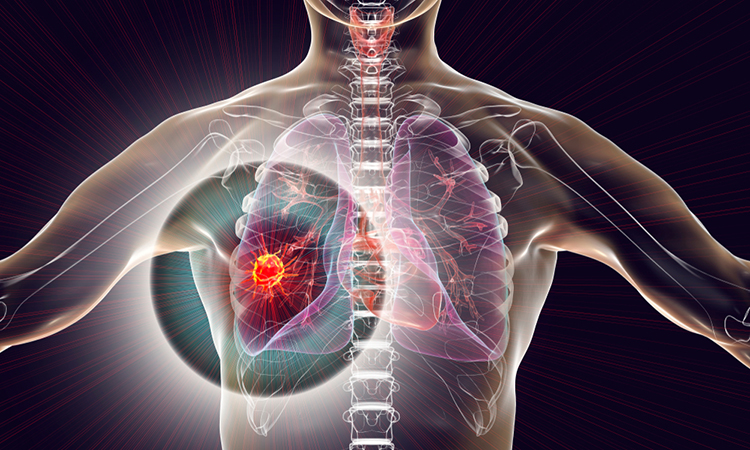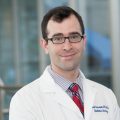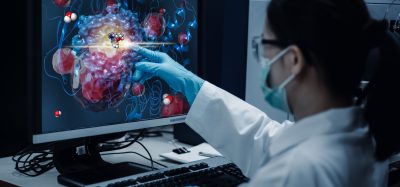The immune system’s role in lung cancer risk
Posted: 17 April 2024 | Dr Diego Chowell (Ichan Mount Siani), Dr Robert Samstein (Ichan Mount Siani) | No comments yet
In this Q&A, Ichan Mount Siani researchers Dr Diego Chowell and Dr Robert Samstein share their new insights about the associations between human leukocyte antigen (HLA) class II loci and lung cancer risk.


What were the key findings regarding the influence of HLA molecules on lung cancer risk?
Dr Chowell: Heterozygosity at HLA-II, but not HLA-I, was found to be enriched in controls relative to cases with lung cancer and was associated with a reduced risk of developing lung cancer over time, as well as a reduced lifetime risk of lung cancer among former and current smokers but not among never-smokers.
Why was the discovery of protective effect of HLA-II heterozygosity particularly significant, especially in the context of lung cancer risk among smokers?
Dr Chowell: Because it shows that HLA-II immunogenetic variation plays a role in dictating lung cancer susceptibility in current and former smokers and may help to explain variability in lung cancer risk.
How did the inclusion of polygenic risk scores in the analysis affect the understanding of lung cancer risk, especially in smokers with identical versions of the HLA-II genes?
Dr Chowell: It affects our understanding of lung cancer risk because even among individuals with high polygenic risk score (PRS), HLA-II homozygosity was able to stratify lung cancer risk further. Thus, HLA-II heterozygosity is a critical and independent factor associated with reduced risk of lung cancer, even among smokers and individuals with high genome-wide genetic predisposition.
In what ways does the study challenge conventional thinking regarding the causes of cancer and the role of the immune system in cancer etiology?
Dr Samstein: The study more directly implicates the immune system in the risk of developing cancer in humans and suggests that factors influencing immune surveillance should be considered as a determinant of cancer risk along with more traditional environmental and hereditary factors. HLA are the critical molecules that our immune systems use to present peptides to T cells and facilitate recognition and killing in immune responses to pathogens. HLA-I molecules present peptides to CD8 T cells and are thought to be responsible for direct recognition and killing of cells with foreign viruses, bacteria, or oncogenic cancer cells. HLA-II presents peptides to CD4 T cells thought to be important for indirectly helping immune responses and facilitating antibody production. The observation of HLA-II rather than HLA-I highlights the potential role of CD4 T cells in immune surveillance contrary to traditional thinking of CD8 T cell and HLA-I having a dominant role.
What are the potential implications of the research findings for cancer risk assessment, prevention strategies, and treatment approaches?
Dr Samstein: The knowledge gained could rapidly be integrated into polygenic risk scores to improve cancer risk prevention or better select for cancer screening. At the same time, this work opens the door for strategies of immunoprevention to reduce cancer risk by enhancing immunosurveillance in patients at high risk for developing cancer due to hereditary or environmental exposure.
This study is published in Science.
About the authors


Dr Diego Chowell, Assistant Professor, Ichan School of Medicine at Mount Sinai
Dr Chowell is a scientist working on problems at the intersection of cancer genomics, immunology, and computational biology. His lab applies approaches from computational biology and machine learning to unravel the molecular determinants of response to immune checkpoint blockade therapy, understand the co-evolution of tumour cells and the human immune system during cancer evolution, and learn the complex rules that govern T cell epitope recognition and immune escape.He earned his PhD in applied mathematics from Arizona State University and a Master Class Fellowship from Utrecht University, The Netherlands, where he worked on dynamical systems and chaos theory. Dr Chowell spent a year as a visiting graduate student at the Moe Win Laboratory for Information and Decision Systems at MIT. He was a postdoctoral research fellow in the Timothy Chan Lab at Memorial Sloan Kettering Cancer Center.


Dr Robert Samstein, radiation oncologist at the Department of Radiation Oncology at Mount Sinai
Robert Samstein, MD PhD is a radiation oncologist in the Department of Radiation Oncology at Mount Sinai and a physician scientist with a laboratory in the Precision Immunology Institute at the Icahn School of Medicine at Mount Sinai. He completed his graduate work with Alexander Rudensky studying the development and function of regulatory T cells. He completed his transitional year internship and residency in radiation oncology at Memorial Sloan Kettering Cancer Center in New York, NY. During residency, he conducted laboratory research with Dr Timothy Chan investigating predictors of response to immunotherapy as part of the American Board of Radiology Holman Research pathway.
Dr Samstein’s research interests are focused on understanding the interaction between the patient’s immune system and cancer cells in the tumour, elucidating the role of the DNA damage repair and response pathways in altering the tumour’s ability to be recognized and attacked by the immune system. His laboratory will work to identify new strategies to harness the immune anti-tumour response and expand the therapeutic window of traditional immunotherapies.
Related topics
Cancer research, Immunotherapy
Related conditions
Cancer Research, Lung cancer
Related organisations
Ichan Mount Siani








